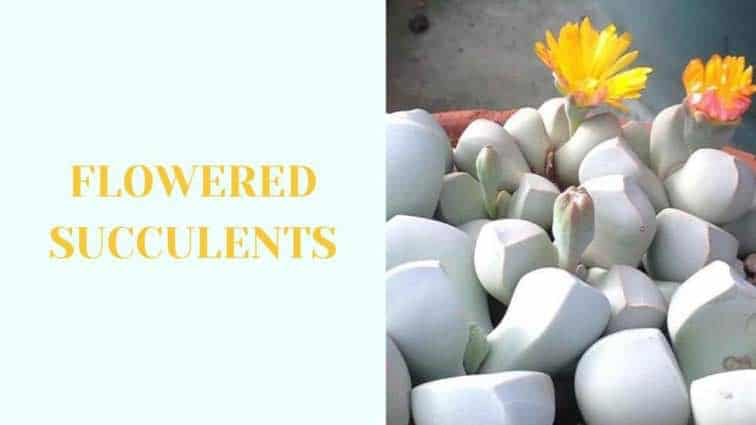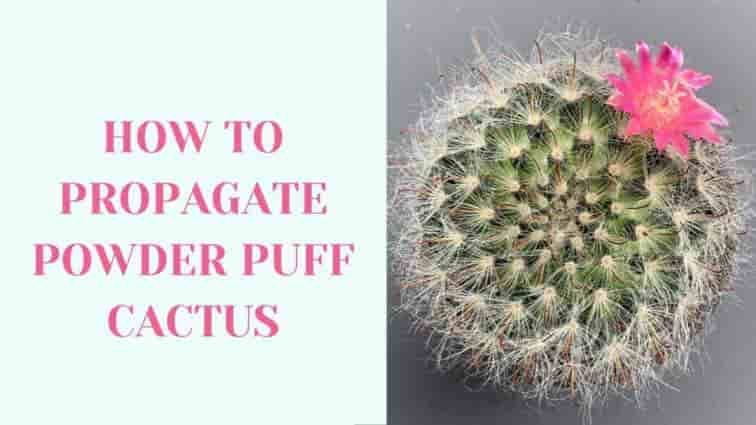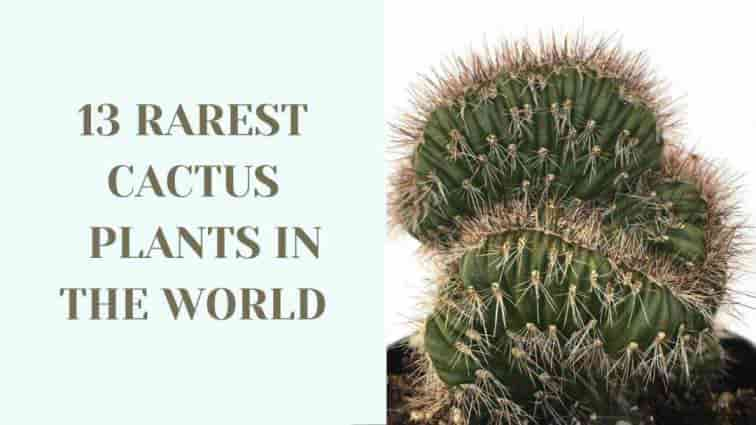
Pictures via cactusplaza
Basic Info
Lithops is also commonly known as ‘Living Stones’. As the plant matures you can expect it to reach up to 2.5 cm (1″) tall. The plant is best known for the small size and that the flowers grow from the middle of the succulent.
Scientific Classification
Family: Aizoaceae
Subfamily: Ruschioideae
Tribe: Ruschieae
Genus: Lithops
Care and Propagation Information
Watering
When watering the Lithops (or Living Stone) be careful it is a plant that is sensitive to over-watering. It is a plant that needs to be thoroughly drenched in water and dried before watering again. The plant should be water mostly between Spring to Fall, let the plant dry thoroughly before watering again.
General Care for Lithops ‘Living Stone’
What kind of a plant carer should select the Lithops ‘Living Stone’? It is perfect for a beginner plant grower. The plant does best when cared for indoor in a proper light home. If planted outdoors, it can make a great addition to your garden thanks to its unique look.
Quick Facts:
- Thrives best full sun
- Should be grown indoor
- Needs less water than other succulents (See Watering Guide)
- Can die easily if overwatered
- Size: it grows to be 2.5 cm (1″) tall
- Best zone for the plant is -1.1° C (30° F)
- Does not handle cold well
- Best propagated with seeds
- Generally not known to be toxic to people or animals
- Grows best during Spring and Fall
Where to Plant
Lithops is a plant that grows easiest in free-draining gritty compost. The plant does not handle cold well, so if you live an area that is colder than -1.1°C (30°F) use a succulent container. It makes it easier to transport the plant indoor and outdoor.
Lithops is a plant that requires up to 6 hours of sun when planted inside keep it on a window ledge. That means a south-facing window for most of us.
How to Propagate Lithops ‘Living Stones’
Learning how to propagate Lithops ‘Living Stones’, begin by selecting a sturdy, healthy leaf. Then remove the stem from the main plant, cut the stem off with a sharp knife. Living Stones is one of the species that easily drop its leaves; it can, however, be challenging to grow a large specimen.
Once the leaf is off the Lithops, let it sit for a few days before placing in nutritious and well-drained soil. The soil should be drenched thoroughly, never let the soil dry. Once the plant’s root has started to appear, let the plant take its time to grow.







